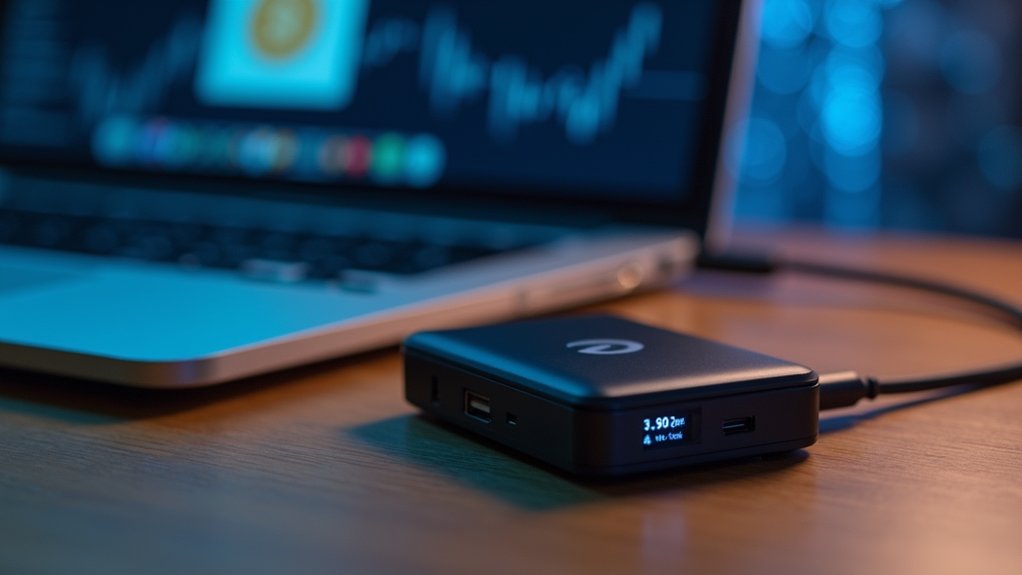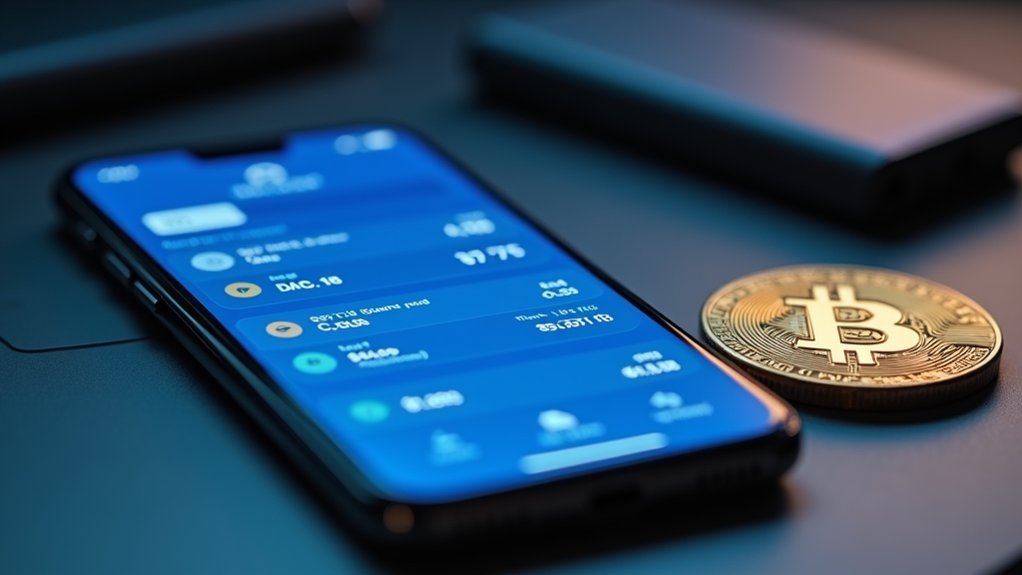Moving cryptocurrency to cold storage involves transferring digital assets from online wallets to offline devices for greater security. The process requires generating secure receiving addresses, implementing PIN protection, recording seed phrases, and conducting test transactions before major transfers. Hardware wallets like Ledger or Trezor provide tamper-resistant environments, while paper wallets offer printed key storage. This migration greatly reduces vulnerability to hacking attempts and exchange insolvencies, aligning with cryptocurrency's fundamental principle of self-custody.

With the cryptocurrency market continues to mature, investors and enthusiasts alike are increasingly recognizing the paramount importance of securing their digital assets through cold storage solutions. The proliferation of exchange hacks and security breaches has demonstrated that online "hot wallets" present significant vulnerabilities, prompting prudent investors to transfer their holdings to offline storage mechanisms that significantly reduce unauthorized access risks.
As crypto matures, prudent investors increasingly turn to cold storage solutions to shield their digital wealth from the persistent threat of online security breaches.
These cold storage options range from hardware wallets like Ledger and Trezor devices, which physically store private keys in tamper-resistant environments, to paper wallets containing printed cryptographic keys, and even sophisticated deep cold storage vaults maintained by institutional custodians like Xapo and Coinbase. Cold storage solutions provide self-custodial ownership, meaning users maintain complete control of their assets without relying on third parties.
The process of migrating assets to cold storage begins with careful preparation, wherein users generate receiving addresses through dedicated wallet software while verifying all setup occurs in secure, offline environments. Critical security measures include establishing robust PIN protection, recording seed phrases on physical media stored in geographically disparate locations, and verifying wallet functionality through small test transactions prior to committing substantial holdings. Implementing air-gapping techniques provides an additional layer of security by ensuring complete disconnection from the internet during sensitive operations.
Investors must remain vigilant about firmware updates for hardware devices to address emerging security vulnerabilities as they are discovered and patched by manufacturers. Your choice of wallet should align with your security preferences and how frequently you plan to access your assets.
Withdrawing cryptocurrency from exchanges follows a standardized procedure: accessing the withdrawal function, selecting the appropriate cryptocurrency and compatible network, carefully entering and triple-checking the destination address, and completing any required two-factor authentication steps.
Once initiated, transactions undergo blockchain verification, requiring patience as network confirmations accumulate, typically taking approximately ten minutes for Bitcoin. To maximize security during this process, users should implement offline transaction signing, avoid address reuse to enhance privacy, and verify final balances post-transfer.
Recovery mechanisms require equal consideration, with procedures varying by storage method. Hardware wallets utilize PIN access and physical confirmation buttons, while paper wallets necessitate key importation into appropriate software interfaces.
Proper risk mitigation strategies include segregating large holdings across multiple storage solutions, maintaining thorough backup systems, and conducting regular verification tests to guarantee continued accessibility of funds despite potential physical loss, device malfunction, or network incompatibilities.
Frequently Asked Questions
Is Cold Storage Suitable for Active Traders?
Cold storage is generally unsuitable for active traders, who require immediate access to funds for rapid market entry and exit.
The operational friction ingrained in hardware wallets, including physical device access requirements, transaction signing procedures, and transfer delays, considerably impedes trading velocity.
Active market participants typically benefit from maintaining assets on exchanges or hot wallets, where liquidity remains instantly accessible, despite the elevated security risks these alternatives present compared to cold storage solutions.
How Often Should I Update My Cold Wallet's Firmware?
Firmware updates for cold wallets should be applied promptly when addressing security vulnerabilities, typically every 3-6 months for actively developed devices.
The update frequency depends on several factors: the manufacturer's guidelines, the threat environment, and the value of assets being protected.
Users should prioritize critical security patches while ensuring proper backup procedures are followed before any update, since firmware installations may reset the device, necessitating recovery from seed phrases.
Can I Recover Crypto if I Lose My Hardware Wallet?
Crypto assets can be fully recovered if a hardware wallet is lost, provided the owner has securely stored their seed phrase.
The seed phrase, consisting of 12-24 words, functions like the cryptographic master key that regenerates all private keys and wallet addresses.
Recovery involves entering this phrase into a compatible replacement wallet that adheres to BIP-39 standards.
Without the seed phrase, however, assets become permanently inaccessible, regardless of whether the hardware device is eventually located.
Are All Cryptocurrencies Supported by Cold Storage Wallets?
Not all cryptocurrencies are supported by cold storage wallets, since support varies considerably between devices.
Major hardware wallets like Ledger support over 5,500 cryptocurrencies, while specialized options like COLDCARD focus exclusively on Bitcoin.
Support limitations depend on native blockchain compatibility, manufacturer priorities, and technical constraints.
Users must verify specific asset compatibility before transferring funds, considering that newer, niche, or permissioned cryptocurrencies often require manual configuration or may lack support entirely.
What Happens to My Cold Storage Assets if I Die?
Without proper estate planning, cold storage crypto assets may become permanently inaccessible upon death, since executors often lack the technical knowledge to recover these funds.
Assets can be transferred to beneficiaries through thorough succession plans incorporating seed phrase redundancy, detailed recovery instructions, trusted executor appointment, and explicit inclusion in legal wills.
Unlike traditional assets, crypto inheritance requires specialized planning to address private key custody, avoid probate complications, and guarantee beneficiaries receive proper tax basis treatment.









